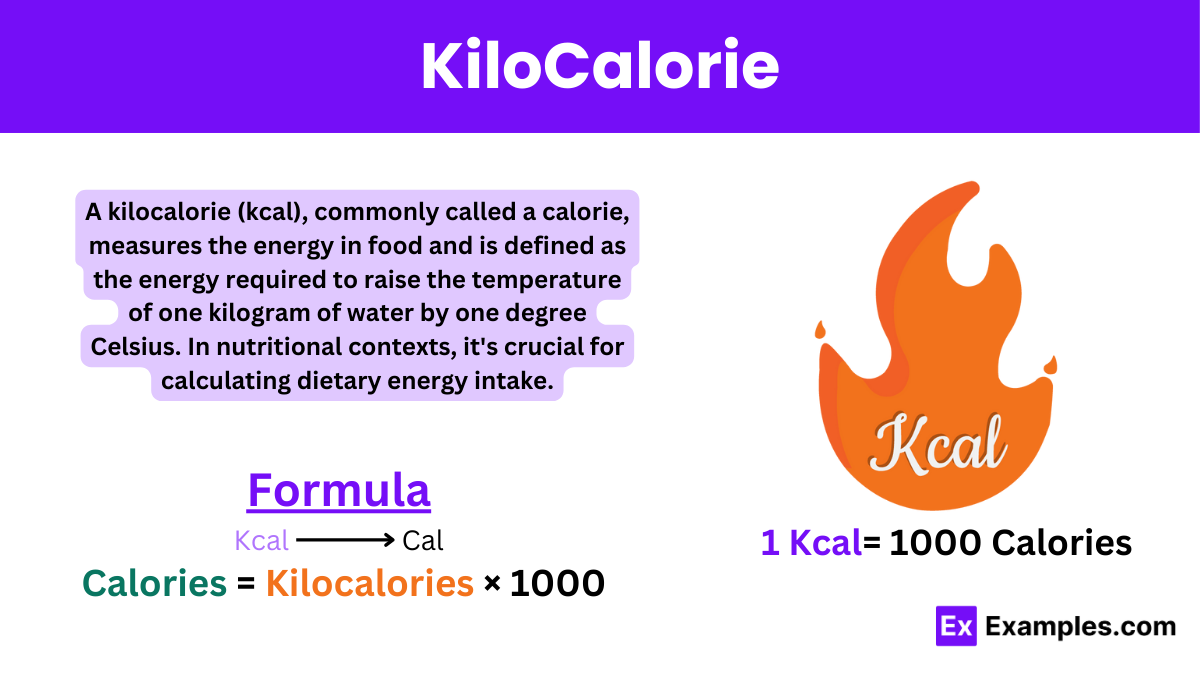What is the definition of a kilocalorie?
The amount of energy needed to raise 1 gram of water by 1 degree Celsius
The amount of energy needed to raise 1 kilogram of water by 1 degree Celsius
The amount of energy needed to raise 1 liter of water by 1 degree Celsius
The amount of energy needed to raise 1 kilogram of water by 10 degrees Celsius





